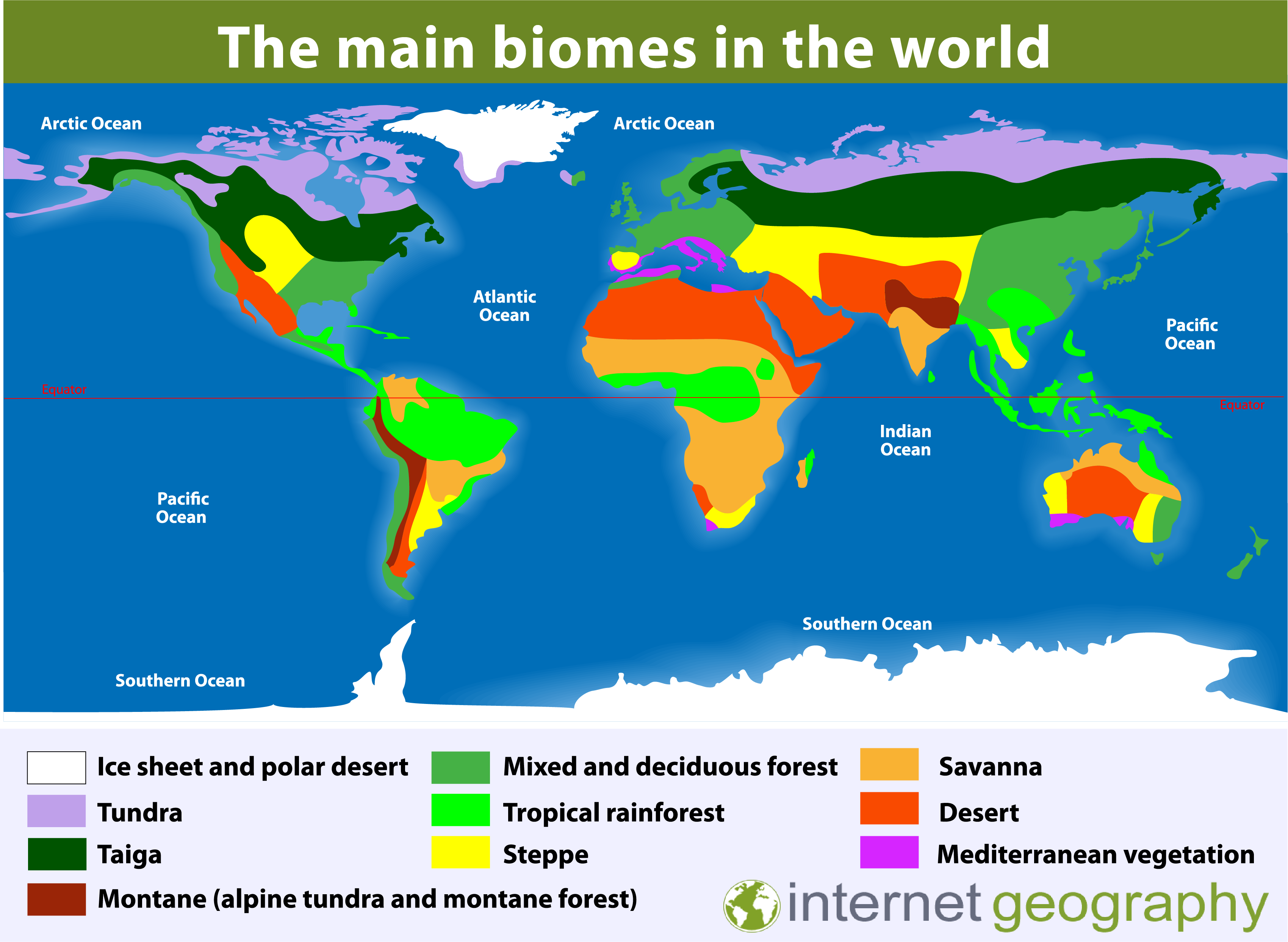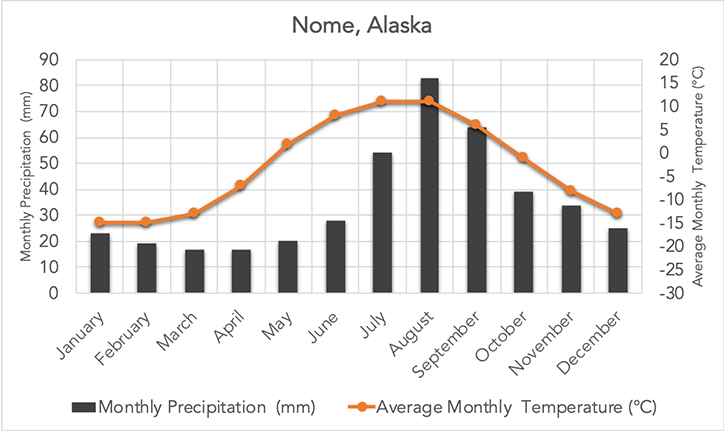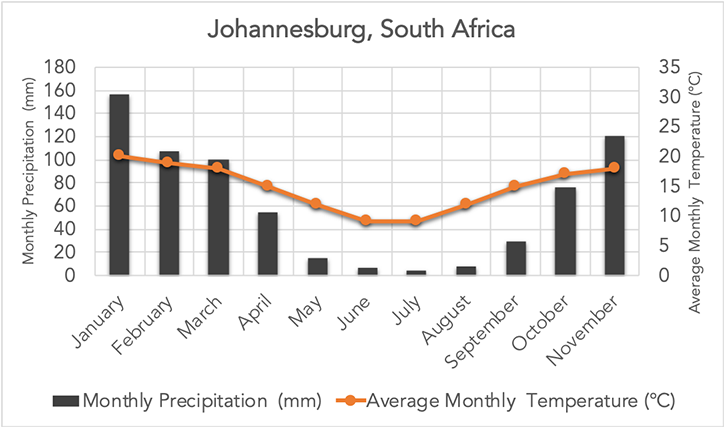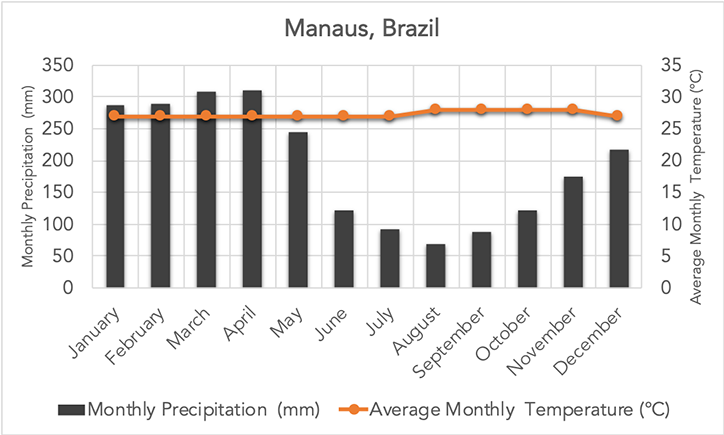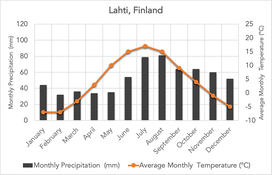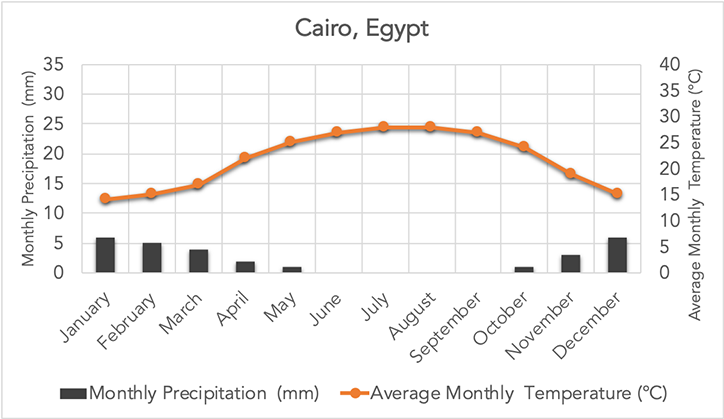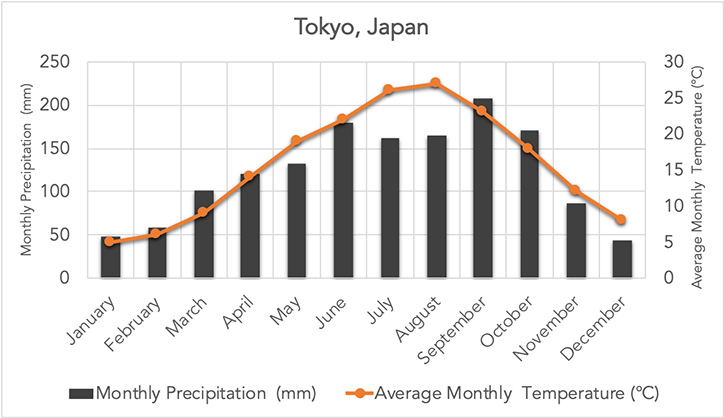Starter: Put your headphones, turn up the volume, switch the lights off and watch the 360° YouTube video below. It is filmed in one of the biomes that you are going to learn about.
Introduction to Ecosystems & Biomes
Objective: To find out what an ecosystem and biome are and how they are different.
Task 1 - Click here (or here for a version in Spanish) to read a little more about biomes, ecosystems and habitats. Read the information carefully and complete the activities on the worksheet below.
Watch the first 1:10 of the video to the left. this is our introduction to global. After that, the sections that are relevant to us are as follows:
Tundra - 6:03 to 7:33
Forests (coniferous taiga & deciduous) - 7:34 - 8:32
Mediterranean / Chaparral - Not on this video
Hot deserts - 11.25 - 12:43
Savannah Grasslands - 8:33 - 9:33
Tropical Rainforests - 9:34 - 11:22.
Task 2 - Using the information on the video above (see timings), the videos below (for Taiga, Deciduous & Mediterranean) as well as the climate graphs, complete the first two pages of the worksheet.
Task 2 - Using the information on the video above (see timings), the videos below (for Taiga, Deciduous & Mediterranean) as well as the climate graphs, complete the first two pages of the worksheet.
Task 3 - Complete the third page of the worksheet above completing all tasks. Use this link from the BBC to help you with the locations task.
Your browser does not support viewing this document. Click here to download the document.

